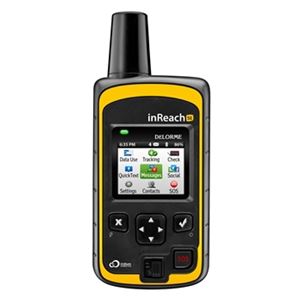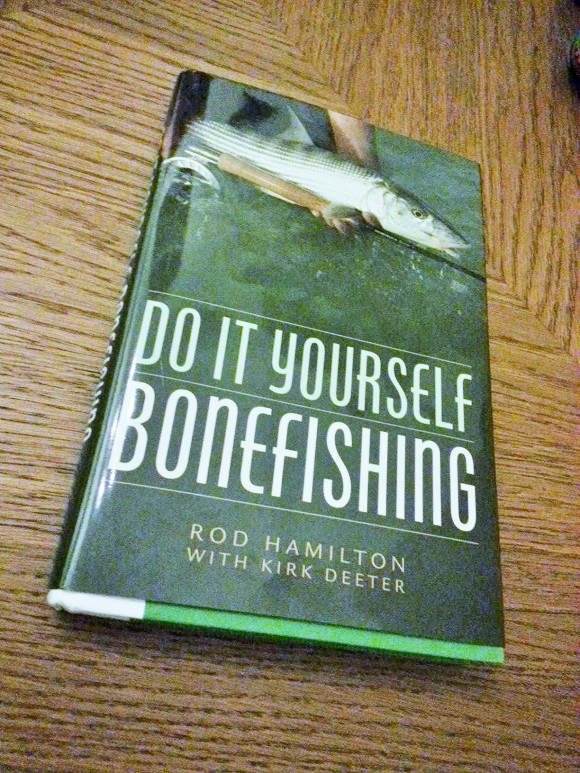Kirk Deeter just got back from a week in Long Island (the better of the two so named locations).

I just returned from a remarkable bonefishing trip in the Bahamas–Long Island, to be specific. It’s a stripped-down, do-it-yourself deal, involving big bonefish (a 5-pounder won’t bat an eye), unspoiled flats that most people don’t have the stamina to walk across in a week, let alone fully explore (I’m talking miles and miles of knee-deep water), great food and wonderful cultural experiences.
The story can be found at Fly Talk.
Truth told, this opportunity landed in my lap about the same time Cuba did and I had to decide which one to do, not being wealthy or idle. Long Island has long drawn my attention, so I’m fairly jealous I didn’t make the trip. It still stands out as a pretty sweet DIY friendly location.
The place he stayed is the Long Island Bonefishing Lodge, a new place that is focused on the budget and DIY crowd. The cost for a week is about $1,600, which is a fair deal. You don’t get guides, but you get brought out to where the fish are and let loose.
The price is a good one and is probably value for money. If and when I make it to Long Island, I’ll certainly look at this as a real option.
One option I had looked at before was staying at a hotel that was about $100 a night. That didn’t include meals or transportation to the flats, so the $600 rate of lodging would probably easily get close to $1,600 without the certainty or pointing-in-the-right direction that this place would offer.
I love the coming together of cheap and bonefishing and while $1,600 isn’t “cheap,” it does get a bit closer to cheap than something around $4-5K.







